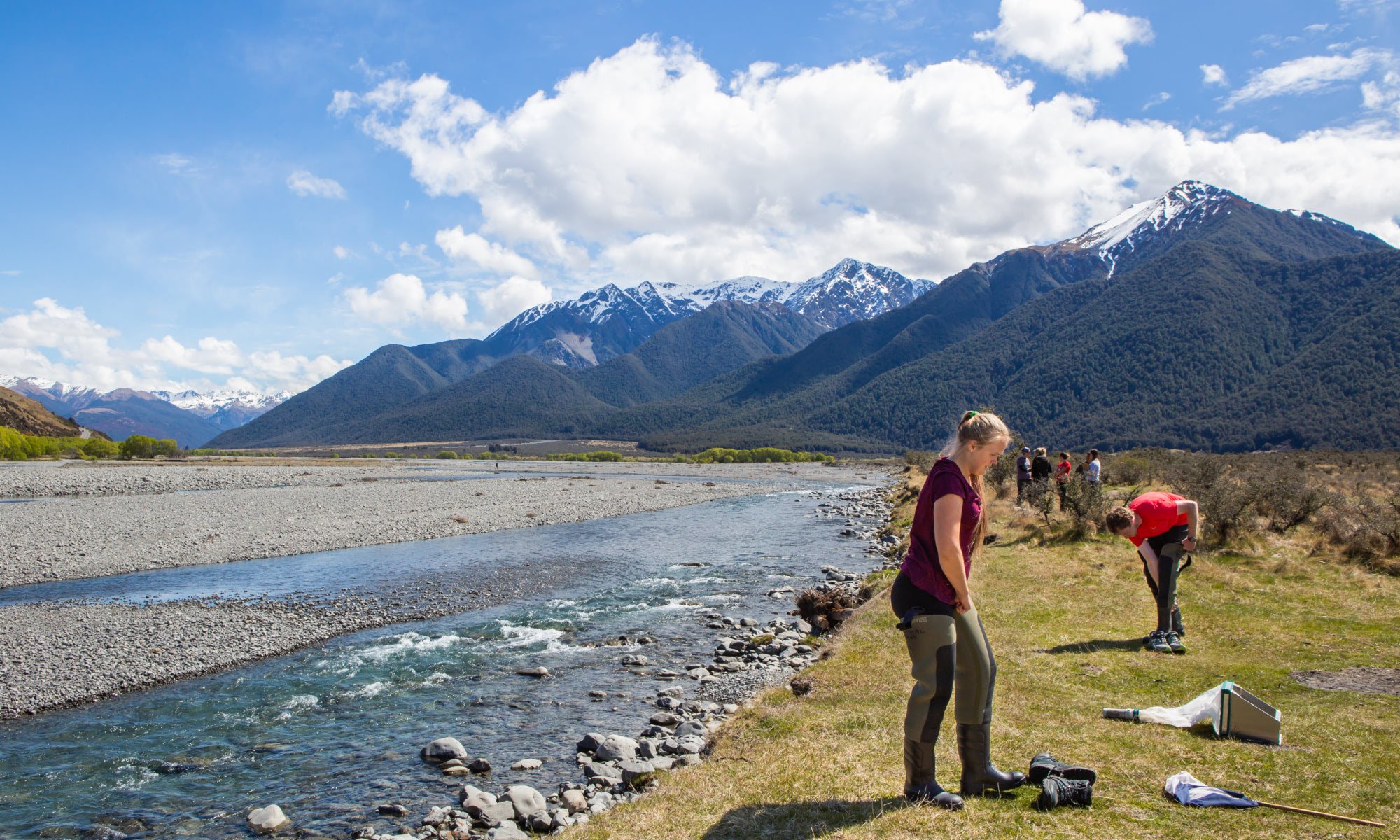
Students
We have a vibrant group of postgraduate students who are contributing valuable new insights into freshwater management.
PhD Students
-
Tara Forstner
-

Martin Nguyen
-

Andrea Pozo Estivarez
-

Justin Rogers
-

Alice Sai Louie
-

Irene Setiawan
-

Rachel Teen
Masters Students
Kathryn Bates
Aimee Calkin
Farhana Sweeta Fitria
Matthew Jones
Karina Kelly
Stephanie Koviessen
James Manning
Hugh Blake-Manson
Desmond McCloy
Izaura Sarmento
Zane Shadbolt
Sidinei Teixeira
Chu Zhao
Opportunities and challenges for improving environmental outcomes for civil works in waterways
Global survey of encroachment into the forgotten Land of braided rivers
Regional flood frequency estimation using region of influence-statistical depth functions and generalized additive models for sub-regions In New Zealand
Sea-level rise and groundwater salination in the Ashley River study area
Assessment of stream restoration efforts on the recovery of ecosystem function metrics
Assessment of water quality and nuisance algae blooms in urban stormwater ponds in Ōtautahi Christchurch, Aotearoa New Zealand
Investigating groundwater surface water interactions at the Ōtūkaikino Creek
Digital water technologies for drinking water distribution systems
Design of groundwater level signals and triggers for adverse impacts of sea level driven rising groundwater
Monitoring assessment of stormwater runoff for metals, emerging contaminants, and pathogenic organisms in Christchurch
Splitting streamflow: understanding the contributions of snow and ice in Canterbury Headwaters
Managed aquifer recharge’s efficiency in restoring degraded environments within the Hinds/Hekeao catchment
How can ethnic Chinese be engaged effectively in the process of setting long-term visions for freshwater, a case study from Otautahi, Christchurch
Completed Theses
Previously completed Water Resource Management PhD and Masters theses can be found here (University of Canterbury) and here (Lincoln University).
Student Research Locations
Please note: locations on this map are indicative only and do not identify individual landowners. Large dots represent multiple theses conducted roughly in the same location (e.g. laboratory-based research at the University of Canterbury). Scroll in for more information about individual theses.

